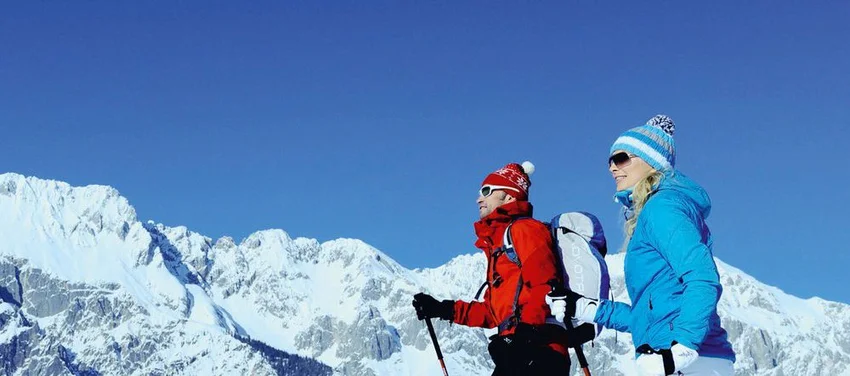We are prone to prefer staying at home when it is cold. We like to pull back, snuggle up and then, in January, we are shocked at the number we see on the scale. Our strength is gone and we hurt here and there. Yet, there are scores of exercises that could bring us joy even in the cold.
We asked István Bors, MD, orthopedist, about the advantages and possible dangers of outdoor sports and how to avoid them.
Many of us who love winter sports often go to other countries for skiing and snowboarding even though these are acutely dangerous. Though chance and coincidence play a big part in these accidents, we should still ask ourselves what we, ourselves, can do to prevent them?
As much as they are enjoyable, these sports inherently carry within them the potential for injury. Besides broken arms and legs, sprains, strains, dislocations and ligament tears, the most dangerous of them is the head injury, the sad example of which is Michael Schumacher’s skiing accident of two years ago. As far as prevention, it is important that we know as much as possible about these injuries. Of the several preventive measures, first and foremost is to be physically in shape and prepared for the rigorous requirements of the sports.
What about beginners?
By being prepared we do not necessarily mean proficiency or training. It is much more important that we not be exhausted or tired when we begin the day’s sporting activities. For instance, if we have a stubborn pain from the previous day’s skiing, we would do well to rest and then with renewed energy begin our sporting activities again the following day. Warming up is also extremely important. Easier exercises such as gentle stretching for 30 seconds are recommended. If we would like to attempt a harder ski run, a warm-up run would be worthwhile beforehand.


